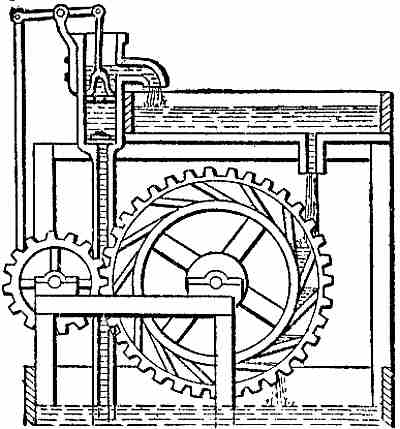

2012
-
Posts
5 -
Joined
-
Last visited
Content Type
Profiles
Forums
Events
Posts posted by 2012
-
-
Oh none of the information shared by the links is wrong.
But those principals have to be taken in context.
I thought you physicists would enjoy examining this sort of thing and stretching your brains a little. I'm convinced that no one has looked at this beyond the title. You say it's wrong because you believe it's wrong and that's the only reason you give.
Friction is not an issue with this design. It will either move and work as a perpetual motion device or it wont move at all.
Maybe I should post it on 4chan, they might get a kick out if it.
0 -
This has nothing to do with conserving energy or ignoring friction. This design is based on torque. The fact that gravity and matter exist completely contradicts the second law of thermodynamics.
Here's the type of perpetual motion machine that relies on there being no friction. They're different.
 0
0 -
That's a great regurgitation of theory but what's wrong with the design?
You can't say that it's wrong because Newton was right because if it's right then Newton was wrong, right?
0 -
So I came up with this at work.
Who wants to explain why it can't work?
 1
1

A Fun Thing
in Experiments
Posted
The weight of each weight remains constant regardless of the length of the cord. It's not a pendulum. It's not a seesaw. One side has more torque than the other and so one side will continually decend until it has gone down all the way. Gravity is a constant. Then the switch occurs and the process reverses. No weight needs to be lifted when the switch occurs.